V&A Unveils East Storehouse: A Treasure Trove of Design Collections
The Victoria and Albert Museum (V&A) has faced a monumental task: relocating an immense collection of 250,000 artifacts, 350,000 library volumes, and 1,000 archival items from an aging Edwardian facility in west London. Faced with the question of where to house one of the world’s largest design collections, the museum’s leadership turned to innovation in 2015.
Tim Reeve, then the V&A’s deputy director, proposed a novel idea: transforming the new storage facility into an attraction, thereby allowing public engagement with the vast array of treasures.
For decades, these priceless items had been kept in Blythe House, located near Olympia in West Kensington, yet public access had been severely restricted.
Now, on May 31, after extensive planning and logistical challenges over the past decade, the V&A East Storehouse is set to welcome visitors. The transition involved meticulous preparations, including object assessments and conservation treatments, and the actual move was completed in just over a year, with the transportation of multiple truckloads daily. This marks the most significant relocation in the institution’s history, surpassing even the wartime evacuation that safeguarded the collection from air raids.
A majority of the East Storehouse’s artifacts will be on display for the public, and any logged item can be retrieved for viewing upon online reservation prior to the visit.
Visitors can explore a diverse selection of items, including 2,620 theatrical costumes, 896 puppets, 2,770 paintings, 2,540 large textiles, 534 bracelets, and various eclectic artifacts from history. Among the highlights is a monumental 18-ton Agra Colonnade, a 17th-century marble structure crafted from five columns originating in Agra, India.
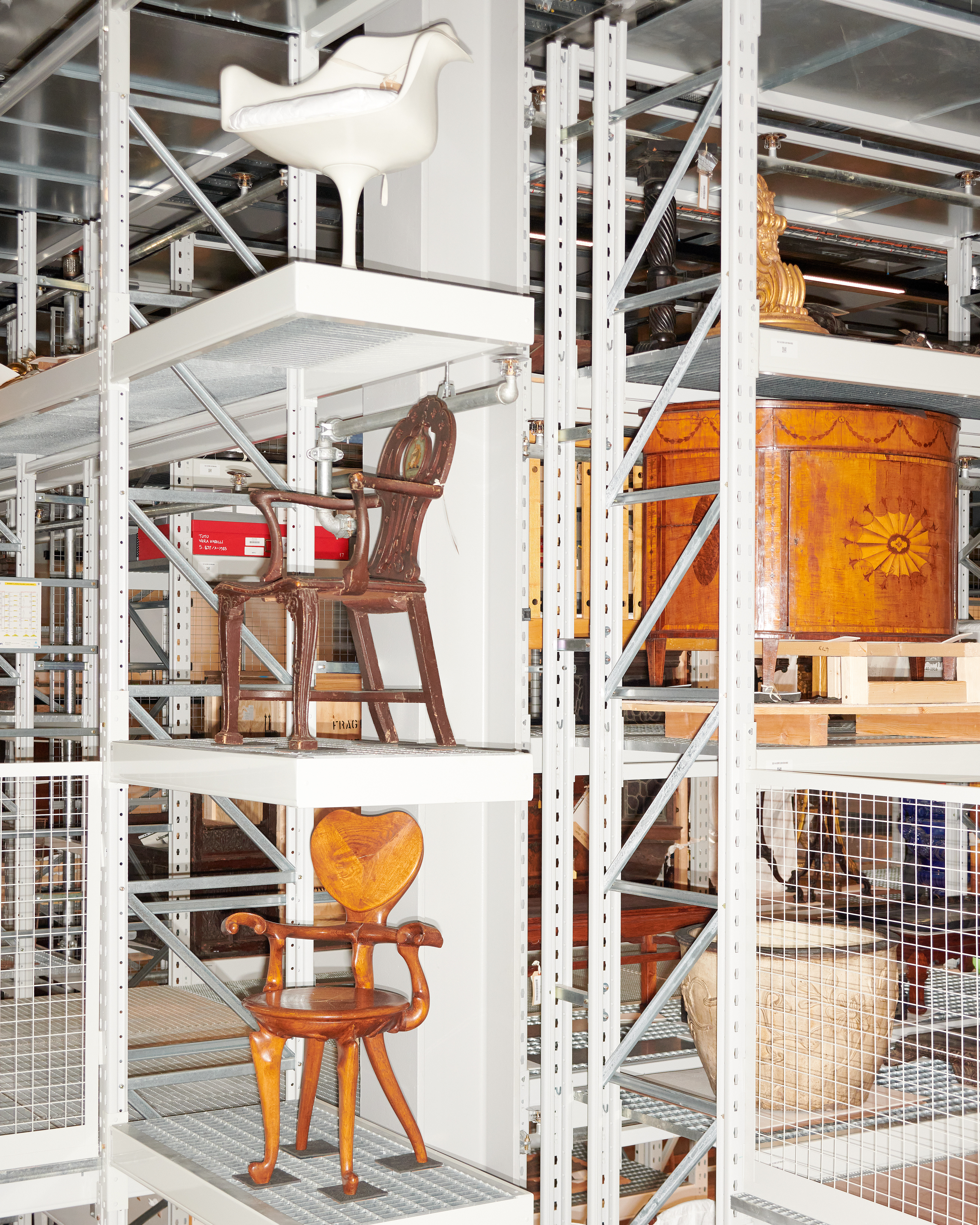
Reeve expressed his personal connection to the space: “I often walk around in the evening when it’s quiet, and it’s an emotional experience for me after all these years of dedication to this project.”
Situated in what was previously a broadcasting facility for the London 2012 Olympics within Queen Elizabeth Olympic Park in Stratford, the East Storehouse serves as both an exhibition space and a research center. It will be open to the public daily, except on Christmas Day and Boxing Day.
While the V&A’s exhibition rooms are organized thematically, the East Storehouse presents a captivating blend of items. Among its remarkable exhibits are a drum set once owned by Keith Moon of The Who, and a full-scale Frankfurt Kitchen designed by Margarete Schütte-Lihotzky, the first female architect in Austria.
Notably, visitors can view a stunning 15th-century carved ceiling from the Torrijos Palace near Toledo, which has been stored away for decades. According to Reeve, this ceiling represents a significant artistic achievement that has not been displayed since the 1990s.
Additional treasures include gowns worn by Queen Elizabeth II, such as the beaded ivory evening dress from her 1957 Paris state visit, and unique fashion pieces like PJ Harvey’s khaki hot pants. A locked exhibit even houses an array of weaponry, from ceremonial swords to poison darts.
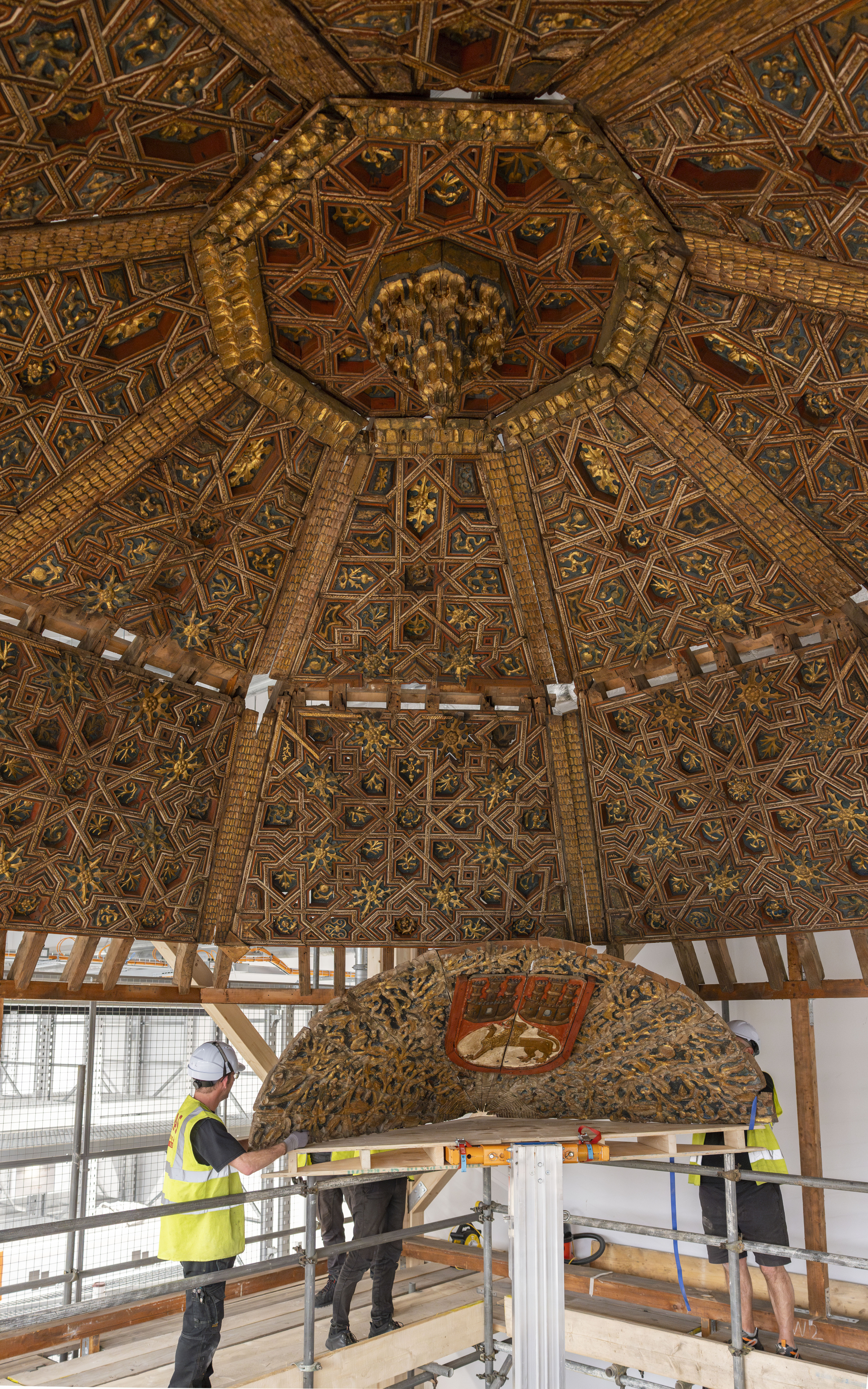
Each item is meticulously cataloged with a barcode that tracks its light sensitivity to ensure proper preservation. Unlike traditional museums, many artifacts are not encased in glass, allowing for a more intimate viewing experience.
Among the notable items are Vivien Leigh’s headdress from her portrayal of Titania in A Midsummer Night’s Dream at the Old Vic in 1937, alongside Derek Jarman’s costume sketches for Don Giovanni, and innovative designs by Vivienne Westwood.
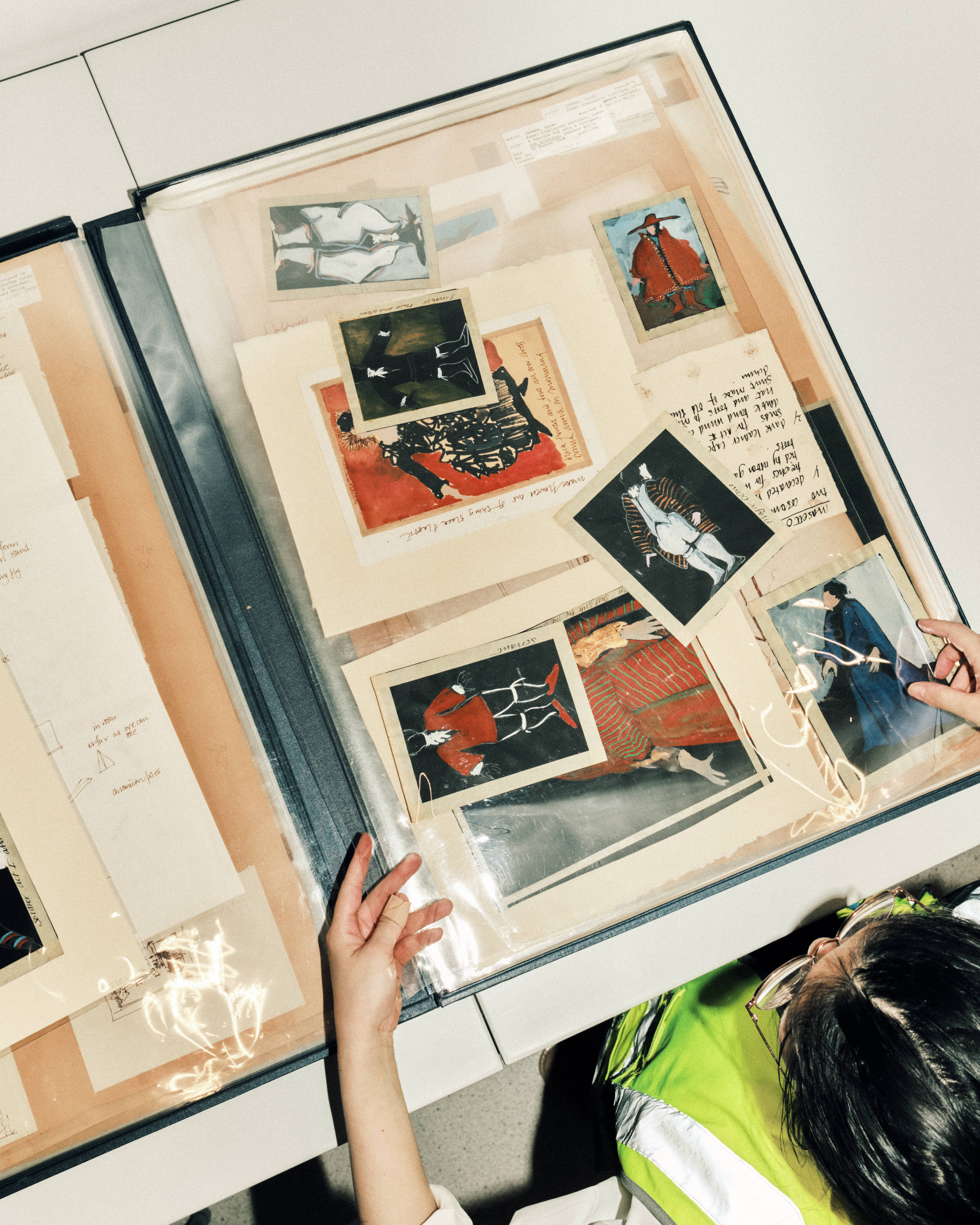
The journey towards opening the East Storehouse was fraught with challenges, including a critical moment during Christmas 2017 when the facility’s future was uncertain. Reeve recalls feeling anxious during that time while trying to focus on his family during the holidays.
Reflecting on the V&A’s history of innovation, Reeve states that the museum has always sought to be relevant, continually evolving to meet contemporary needs while engaging a wider audience. He emphasizes the ongoing commitment to keeping the collections accessible and engaging for the public, ensuring the V&A continues to be a place of creativity and inspiration.
The V&A’s new service, allowing visitors to request specific objects online, is set to enhance the interactive experience further.
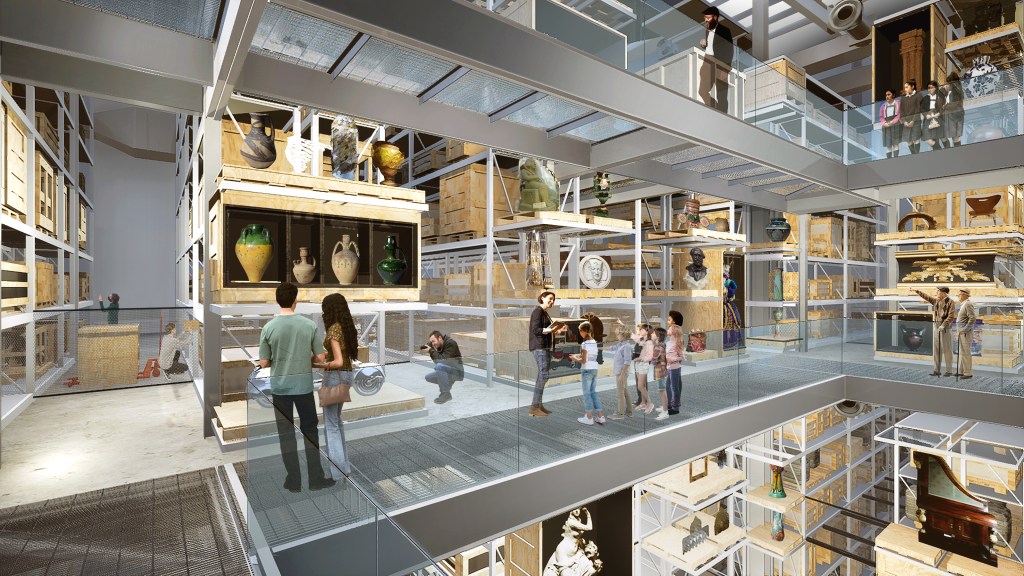
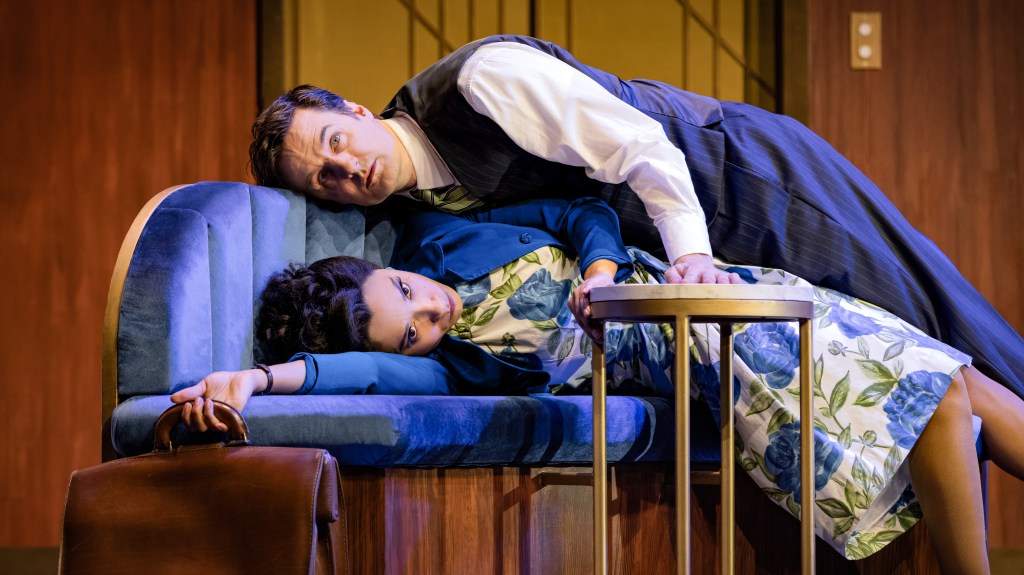
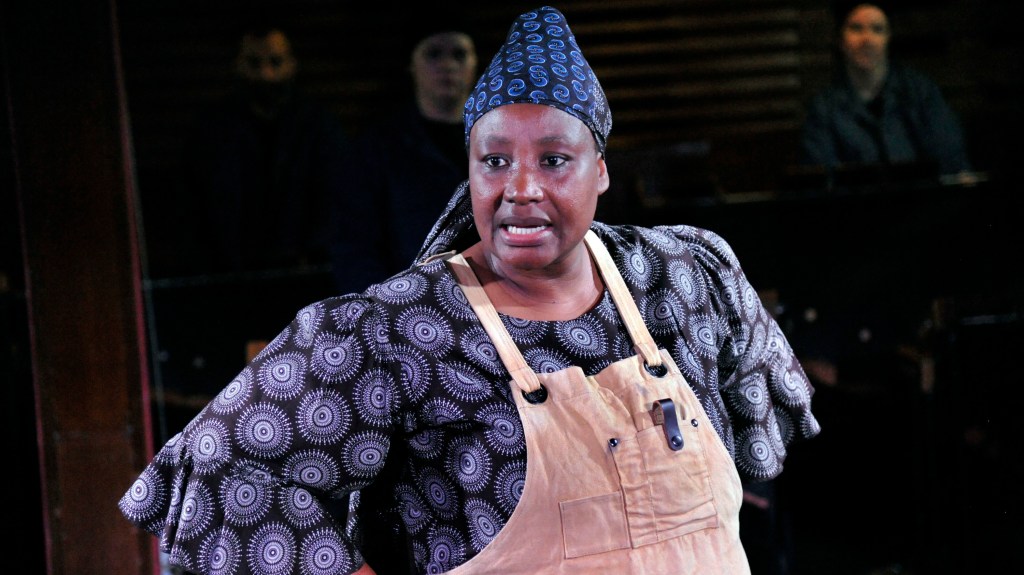
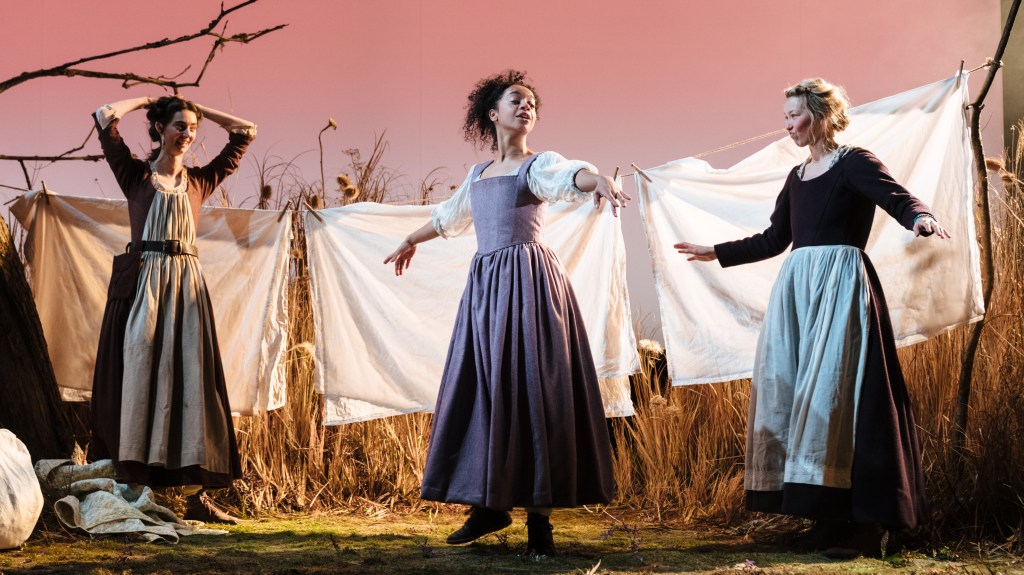
Post Comment